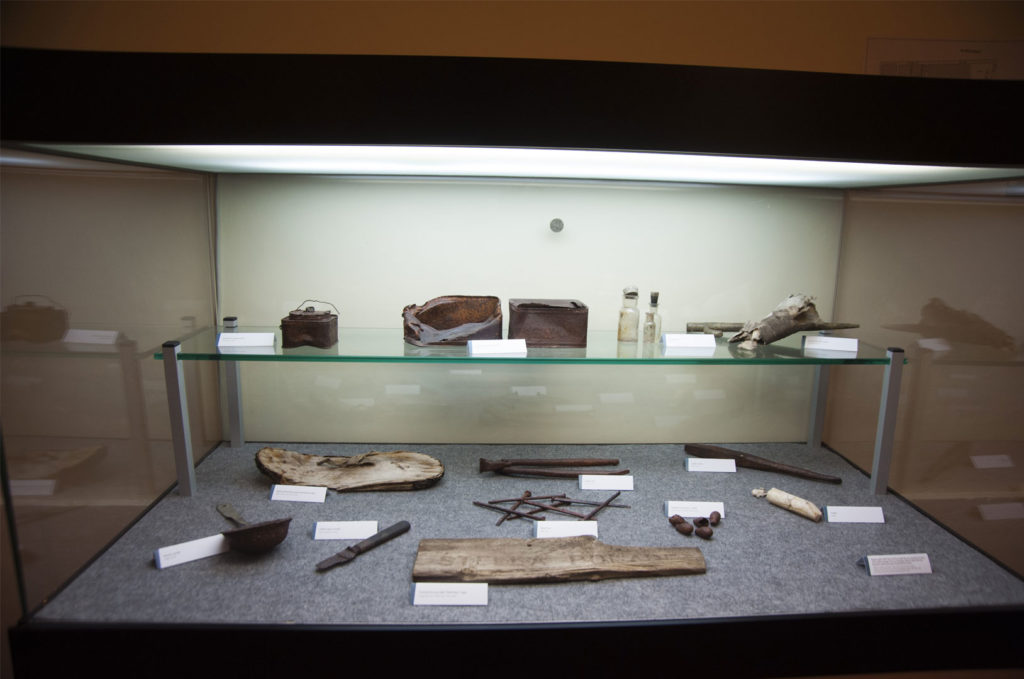Room I
Journey to the North Pole
Room I welcomes the visitor with the fascinating reconstruction (diorama) of an arctic encampment and the system of boxes and objects that constituted the equipment with which Silvio Zavatti faced his journeys to the Poles.

